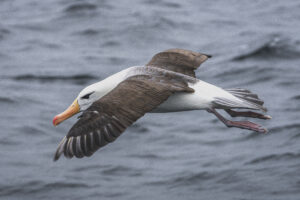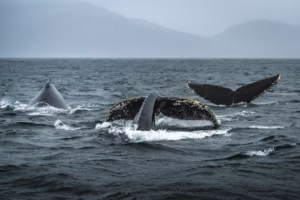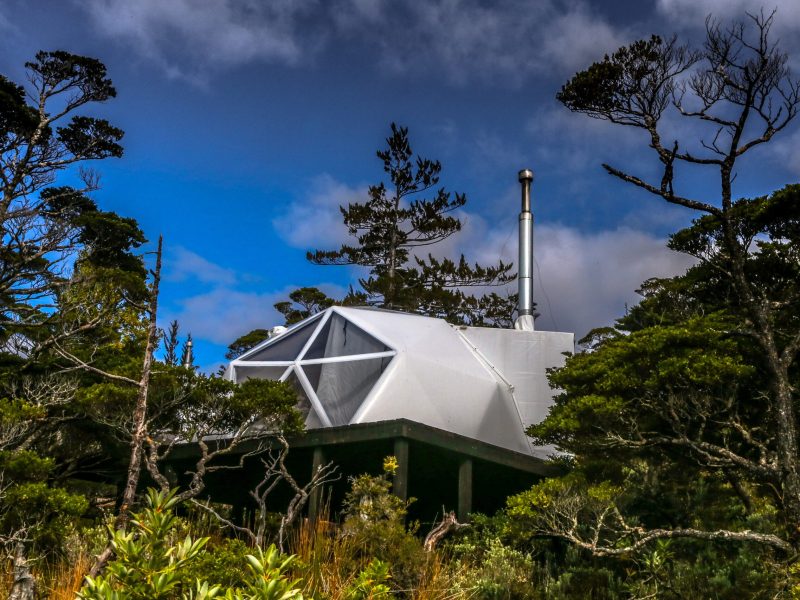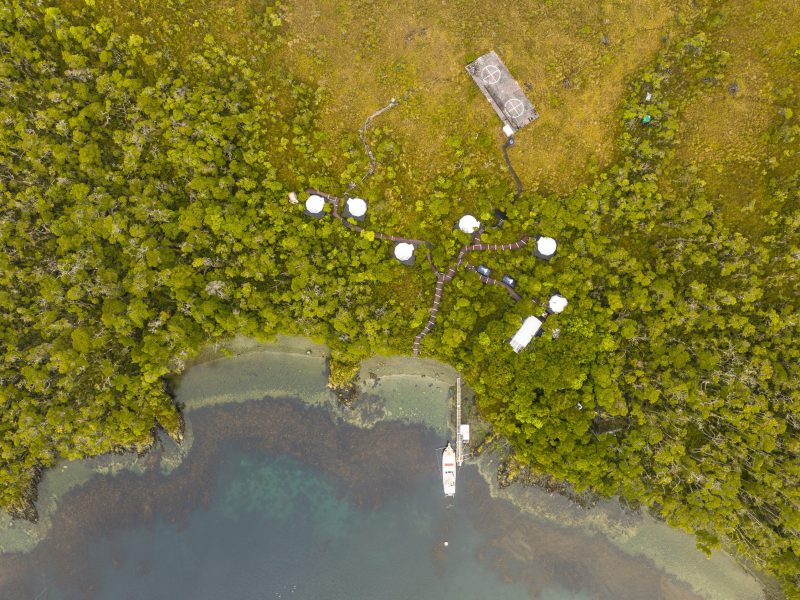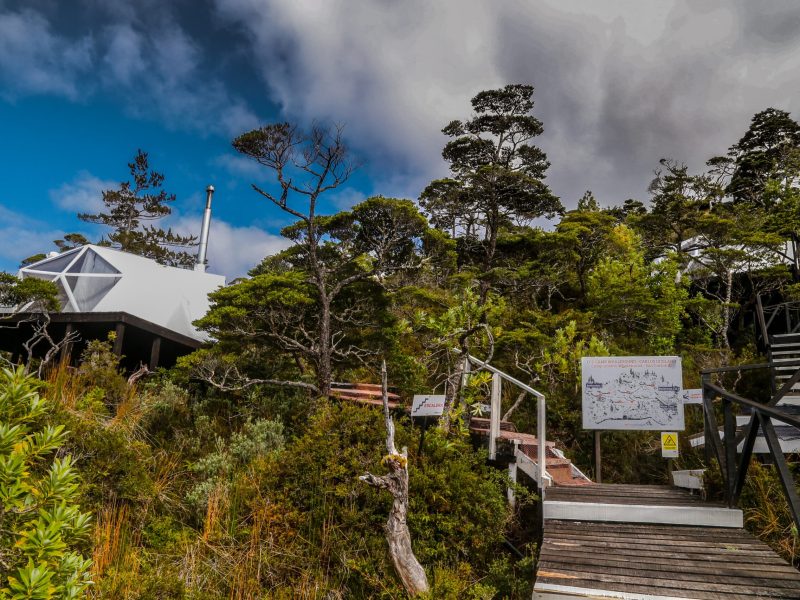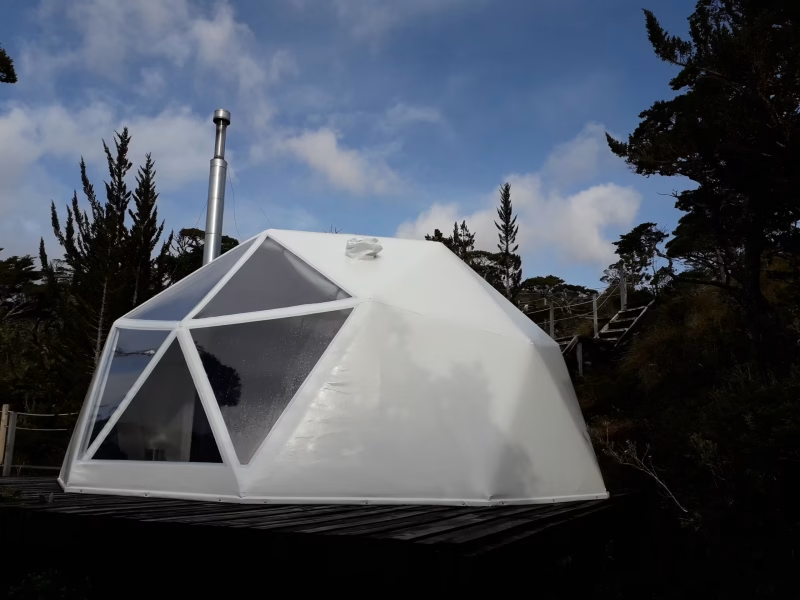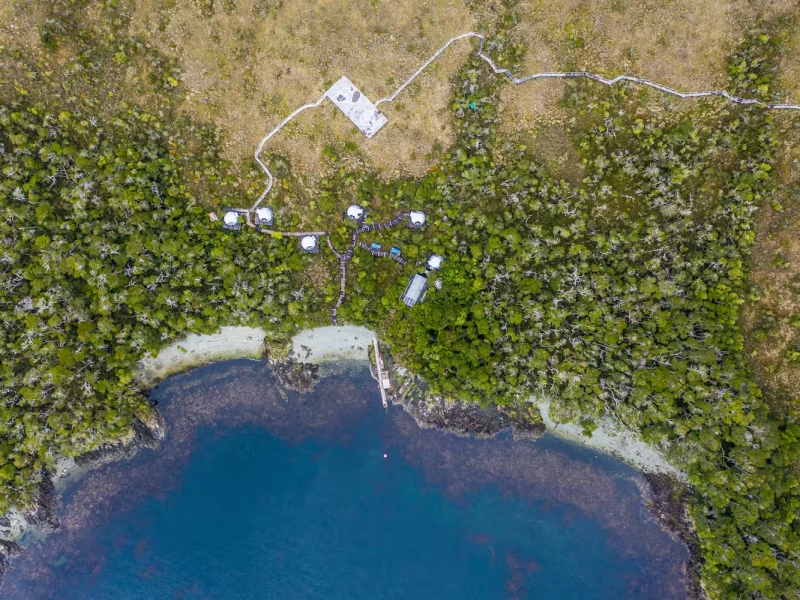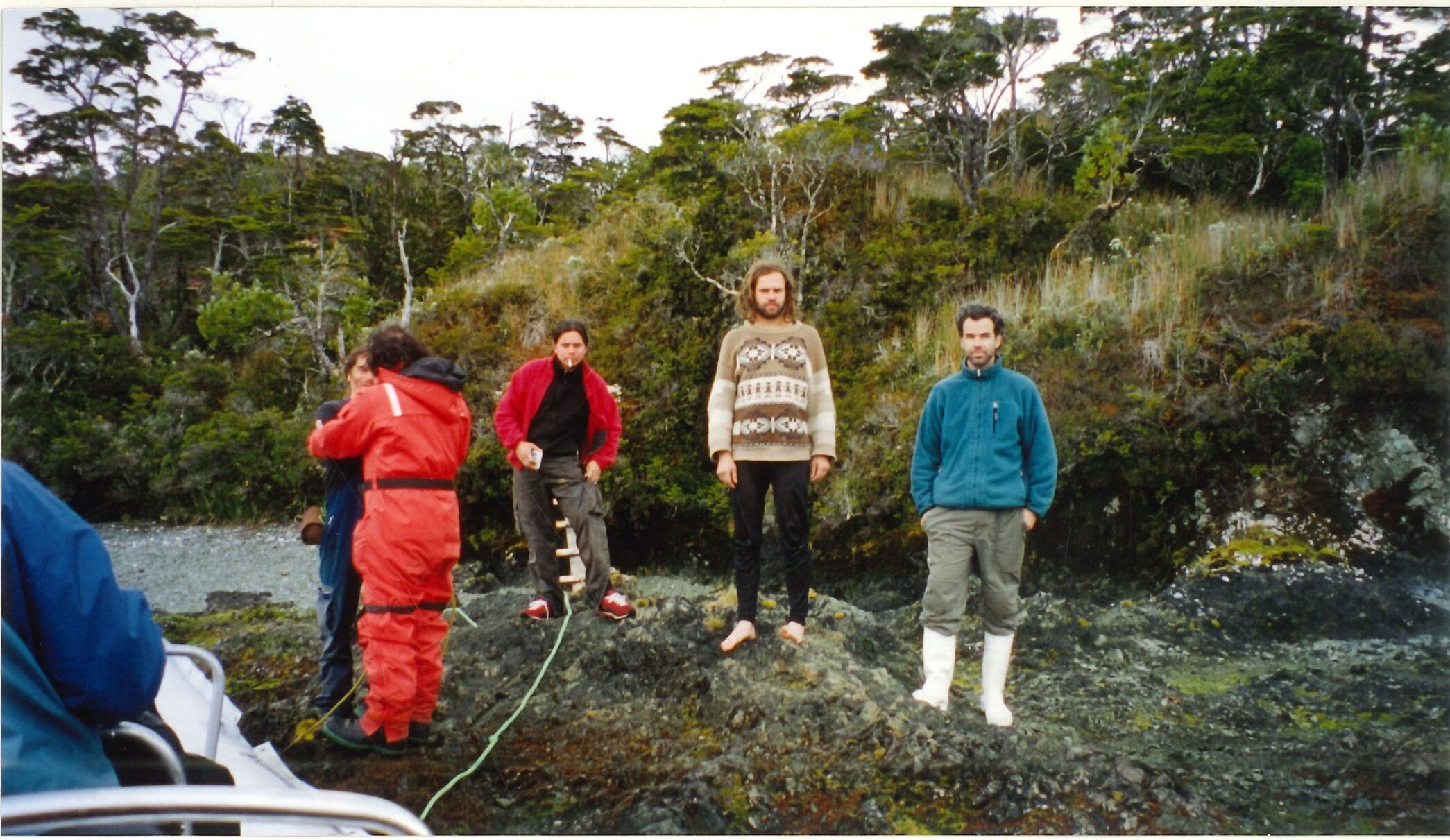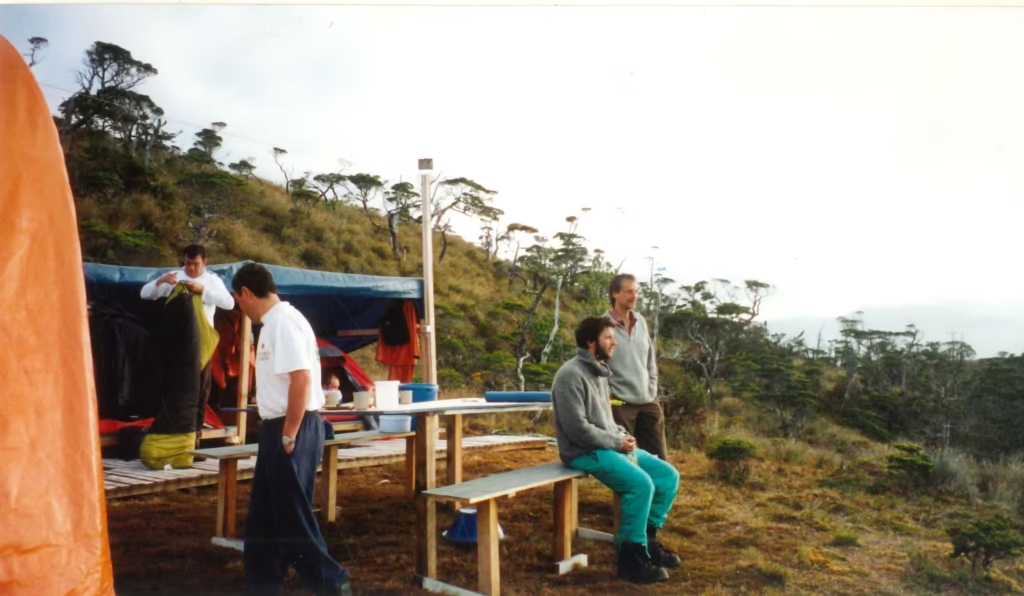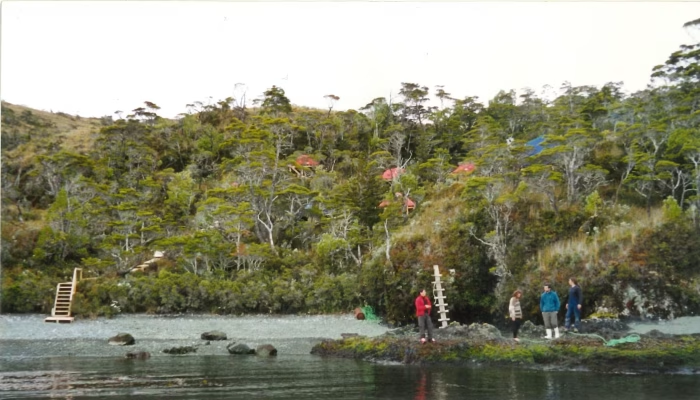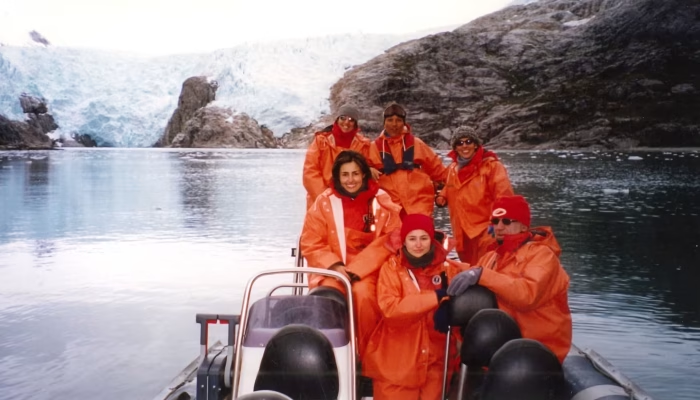First systematic records of humpback whales in the Patagonian channels
- Published in: Annals of the Patagonian Institute, 1998
- Authors: Jorge Gibbons, Juan Capella, Ricardo Matus and Leonardo Guzmán
- Download the full study here
What is this study about?
During a full year of scientific navigation between 1997 and 1998, this study documented the regular presence of humpback whales (Megaptera novaeangliae) in the Patagonian channels of Chile, between 48° and 52° S, an area that had been little studied until then.
The work was pioneering in confirming that The southern part of Chile is not only part of the migratory route of these whales, but it could also be a occasional feeding site during the southern summer.
Main findings
They registered 32 sightings and 46 individuals between November and June.
They were observed eating behaviors in several cases, including associations with sea lions and seabirds.
The largest concentration of whales occurred between 49°30′ and 50°30′ S, especially on the Wide and Concepción channels.
Most of the whales were seen less than 200 meters from the coast.
Only one individual was identified as a calf.
What does this mean?
The study suggests that a part of the population of the Southeast Pacific could use the Patagonian channels not only as a passage area, but also as an alternative feeding area, possibly closer than the Antarctic Peninsula.
It is an important finding to understand the migratory routes and habitat use patterns of the species in Chilean waters.
Mark a change compared to previous decades, where regular sightings were not reported in this area due to commercial hunting and poor scientific monitoring.
Historical context
Between 1913 and 1970, hundreds of humpback whales were captured in the waters off southern Chile.
For decades afterward, there were no systematic records of the species in this area.
This study shows a revival of the presence of whales in the region, possibly associated with the population recovery after the end of commercial hunting.
Whalesound and its role in research
This work was one of the fundamental antecedents for the development of Whalesound as a key player in cetacean science in Patagonia.
Today, more than 25 years later, we continue to observe and record the humpback whales that visit this region, promoting their conservation through responsible observation and ongoing monitoring.
